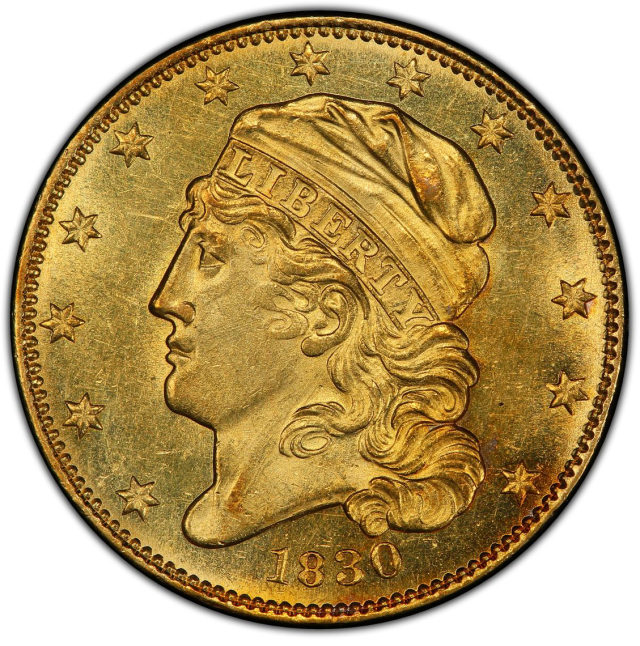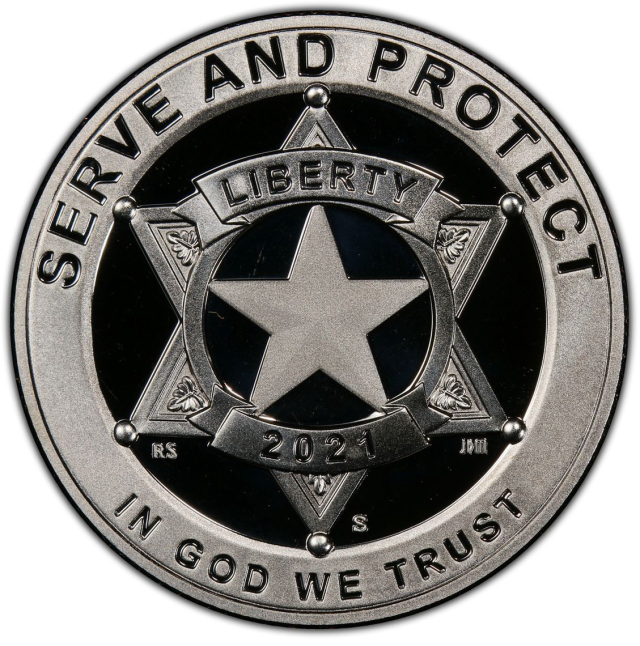USA 5 dollars Capped Bust Small Bust 1830


Rareza
Atributos de las Monedas
| Melt Value | $1,121.96 8.024g Gold |
|---|---|
| Region | USA |
| Denomination | 5 dollars |
| Krause number | KM# 43 |
| Mintage | 126,351 |
| Metal | Gold 0.917 |
| diameter | 25 mm |
| weight | 8.75 g |


Introducción de monedas
Suffice it to say that both varieties are incredibly elusive. The Mint produced the PR67 1828 Smithsonian Institution half eagle specimen using a 'close collar'--essentially a die for the edge of the coin. Partway through 1829, the Mint expanded the use of the close collar to all coins and reduced the diameter of the half eagle to 22.5 mm.
The new invention, a heavy steel block with a hole the same diameter as the finished coin, had grooves that provided the edge reeding. The close collar provided coins with a 'mathematical equality to their diameters,' according to Mint Director Samuel Moore. According to the Breen Complete Encyclopedia:
'Earlier coins had been struck in an open collar, which is a flat metal plate with a hole somewhat larger than the diameter of a finished coin, serving to position a planchet atop the lower die for striking, but not to restrain its expansion. Edge lettering, reeding, or other ornamentation were imparted in a separate operation by the Castaing machine (parallel bars) before the blanks went to press, the open collar did not affect them. Because centering was not always exact, dies were normally of much greater diameter than the finished coins, and included long radial-line dentilated borders so that any unstamped areas might not tempt the ungodly to clip or shave off precious metal before spending the coins.'
By 1834 the gold content of old-tenor coins exceeded their intrinsic value, most were melted. Like gold coins from earlier decades, the 1829-34 half eagles are exceedingly rare.
Leer más












